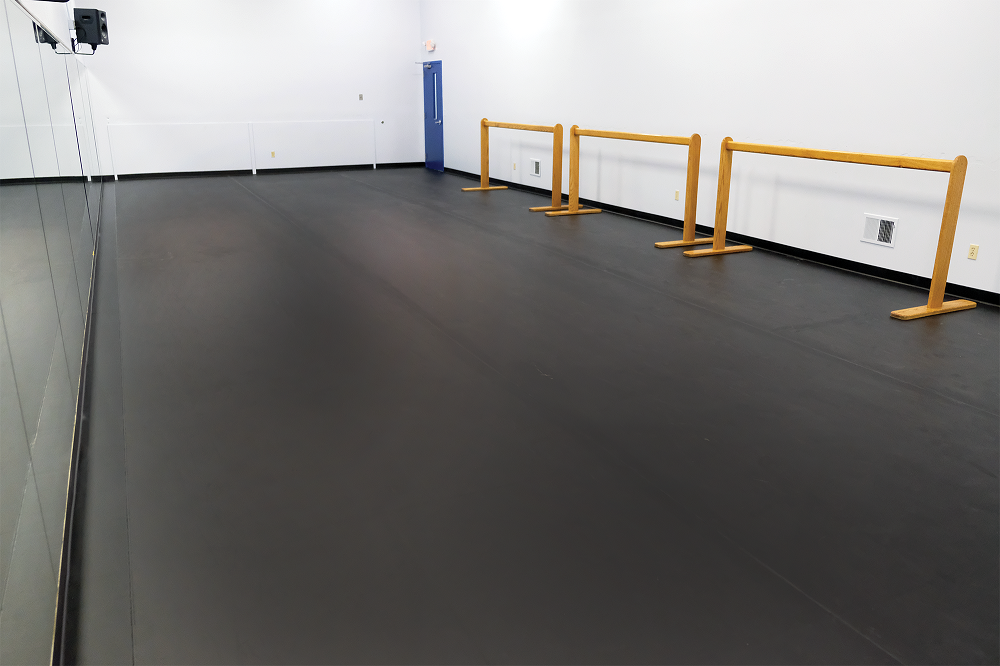Brightening Innovation Through Shade Theory for LED Movement Platform Layouts
Hue theory represents a important aspect of aesthetics, particularly as it comes to designing LED dance surfaces. The interaction of colors can greatly influence the mood and energy of a venue. Through grasping how colors work together, designers can craft an environment that enhances the total encounter for participants. This article examines the basics of color principles and its use in light-emitting diode dance surface designs.
The primary colors are red, blue, and golden. These hues cannot be created by blending different colors together. Secondary hues, such as green, orange, and purple, are formed by combining main hues. Third-level hues are created by combining a primary hue with a intermediate hue. Grasping these fundamental connections helps creators choose colors that complement one another and produce a visually appealing display. Mixing these hues on an light-emitting diode dance surface can result to vibrant and stimulating outcomes that capture the attention of dancers.
Color temperature also holds a key part in aesthetics. Colors can be categorized as warm or cool. Warm colors, such as red, tangerine, and golden, often to elicit feelings of excitement and warmth. In contrast, cool colors like blue, green, and purple typically generate a serene and tranquil environment. Designers can use these hue temperatures to set the ambiance for different types of events. For example, a celebration environment may gain from warm colors that invigorate the audience, while a further relaxed event might use chill hues to offer a calming effect.
In addition to color combinations and temperature, brightness and saturation are essential factors to take into account. you could try here Brightness refers to how bright or dim a hue appears, while saturation measures the intensity of a color. Vivid, intense colors can create a lively and energetic environment, ideal for dance floors. On the contrary hand, gentler, less saturated colors can generate a further subdued atmosphere. Through adjusting brightness and saturation, designers can draw focus to particular areas of the dance floor or establish visual pathways, leading participants through the space.
Ultimately, it is essential to consider the emotional effects of color in LED dancing surface have a peek at this site designs. Various hues can evoke various feelings and responses. For example, red is frequently linked with passion and energy, while azure can be soothing and peaceful. Understanding these connections allows creators to tactically apply hues to influence the actions of participants. By incorporating hue principles into LED dance floor layouts, designers can enhance the overall encounter, rendering it unforgettable and enjoyable for everyone participating.